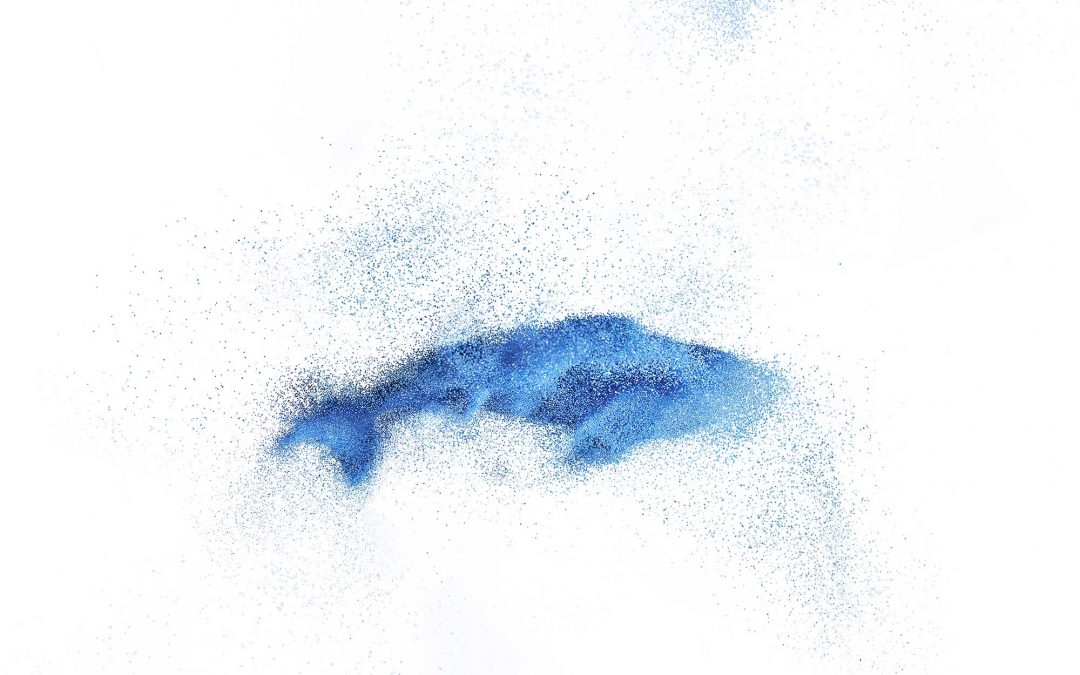FLYING SAND ANIMALS
Tirare in aria della sabbia, fotografarla e scoprire quale figura appare.In questo caso noi ci vediamo degli animali.
Flying sand animals!
In psicologia e psichiatria, il test di Rorschach (pr. /ˈroːrʃax/), così chiamato dal nome del suo creatore Hermann Rorschach (1884–1922), è un noto test psicologico proiettivo utilizzato per l’indagine della personalità. In particolare, fornisce dati utili per quanto riguarda il funzionamento del pensiero, l’esame di realtà, il disagio affettivo e la capacità di rappresentazione corretta di sé e degli altri nelle relazioni.
L’utilizzo dell’interpretazione di “disegni ambigui” per valutare la personalità di un individuo è un’idea che risale a Leonardo da Vinci e Botticelli. L’interpretazione di macchie di inchiostro era parte integrante di un gioco del tardo diciannovesimo secolo. Quello di Rorschach fu, però, il primo approccio sistematico di questo genere.[1]
È possibile che l’uso di macchie d’inchiostro da parte di Rorschach sia stato ispirato dal medico tedesco Justinus Kerner, che, nel 1857, pubblicò un popolare libro di poesie, ognuna delle quali ispirata a una macchia d’inchiostro creata accidentalmente.[2] Anche lo psicologo francese Alfred Binet ha compiuto esperimenti con macchie di inchiostro utilizzate come test di creatività.[3]
Indipendentemente dall’approccio utilizzato, il Rorschach deve essere sempre applicato con grande attenzione e consapevolezza, e data la sua delicatezza e complessità interpretativa sarebbe consigliabile, per il professionista che intenda usarlo, ottenere preventivamente un’adeguata qualificazione ed esperienza d’uso.[8]
L’interpretazione del test di Rorschach non si basa solo sul contenuto della risposta inteso come “che cosa” la persona vede nella macchia d’inchiostro. In effetti, il contenuto rappresenta una parte relativamente limitata di un insieme di variabili più ampio che viene impiegato per interpretare i dati: per esempio, il tempo impiegato dal soggetto per fornire una risposta a una tavola è significativo (un tempo lungo può indicare “shock”),[9] così come lo sono gli eventuali commenti accessori alla risposta vera e propria.[10]
In particolare, le informazioni sulle determinanti (gli aspetti generali della macchia d’inchiostro che hanno portato alla risposta, come la forma e il colore) e la posizione (quali dettagli della macchia hanno portato alla risposta) sono spesso considerate più importanti del contenuto, pur esistendo indicazioni contrastanti al riguardo.[11][12] L’originalità[13] può essere inoltre considerata un’ulteriore categoria di base.[14]

FLYING SAND ANIMALS
In psychology and psychiatry, the Rorschach test (pr. / ˈRoːrʃax /), named after its creator Hermann Rorschach (1884-1922), is a well-known projective psychological test used for the investigation of personality. In particular, it provides useful data regarding the functioning of thinking, reality testing, emotional distress and the ability to correctly represent oneself and others in relationships.
Using the interpretation of “ambiguous drawings” to assess an individual’s personality is an idea that dates back to Leonardo da Vinci and Botticelli. The interpretation of ink blots was an integral part of a late nineteenth century game. Rorschach’s was, however, the first systematic approach of this kind. [1]
It is possible that Rorschach’s use of inkblots was inspired by the German physician Justinus Kerner, who, in 1857, published a popular book of poems, each inspired by an accidentally created inkblot. [ 2] French psychologist Alfred Binet also experimented with ink blots used as a test of creativity. [3]
Regardless of the approach used, the Rorschach must always be applied with great attention and awareness, and given its delicacy and complexity of interpretation it would be advisable, for the professional who intends to use it, to obtain in advance an adequate qualification and experience of use. [8 ]
The interpretation of the Rorschach test is not based solely on the content of the answer understood as “what” the person sees in the inkblot. Indeed, the content represents a relatively small part of a larger set of variables that is used to interpret the data: for example, the time taken by the subject to provide a response to a table is significant (a long time may indicate “shock “), [9] as are any additional comments to the actual answer. [10]
In particular, information about the determinants (the general aspects of the ink blot that led to the response, such as shape and color) and location (which details of the blot led to the response) are often considered more important than the content, although there are conflicting indications in this regard. [11] [12] Originality [13] can also be considered a further basic category. [14]


